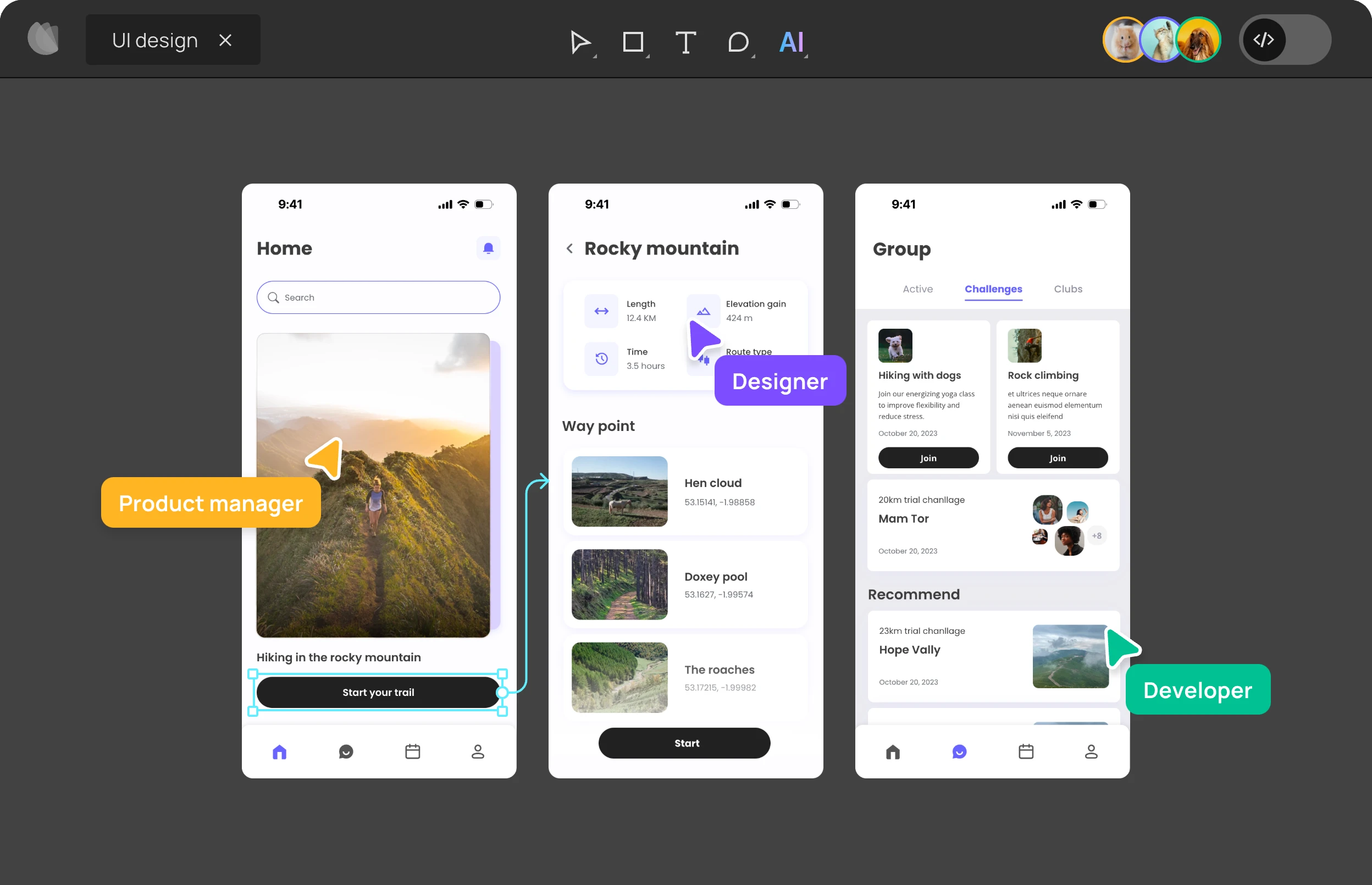
AI-Powered Personal Styling Tools and Apps: Your Digital Fashion Assistant
Ever stood in front of your closet, paralyzed by choice? Or bought something online only to realize it looks nothing like the model? Enter AI-powered personal styling tools—your 24/7 fashion wingman. These apps analyze your body, preferences, and even the weather to suggest outfits that actually work. No more guesswork. No more fashion faux pas. Just smarter dressing.
How AI Styling Tools Work (It’s Not Magic—Just Close)
At their core, these tools use machine learning to decode your style DNA. They scan thousands of data points—your past purchases, skin tone, body shape, even how often you rewear certain items. Some apps, like StyleDNA, use a quick quiz to start. Others, like WANNABY, let you “try on” clothes virtually using augmented reality. Here’s the tech breakdown:
- Computer vision: Scans your photos to identify colors, patterns, and fit preferences.
- Recommendation engines: Suggests items based on algorithms trained on millions of outfits.
- Virtual try-ons: Uses AR to overlay clothes on your body via smartphone camera.
- Weather integration: Adjusts suggestions based on local forecasts (no wool coats in July).
The Top AI Styling Apps Right Now
Not all styling apps are created equal. Some focus on sustainability, others on luxury. A few even sync with your existing wardrobe. Here’s the cream of the crop:
| App | Best For | Standout Feature |
| WANNABY | Virtual try-ons | AR-powered “See It On You” tech |
| Stylebook | Closet organization | Outfit shuffle based on what you own |
| Thread | Budget-friendly looks | Human stylists + AI hybrid |
| Smart Closet | Sustainability | Tracks cost-per-wear to discourage impulse buys |
Why People Love Them (And Sometimes Don’t)
Users rave about saving time and reducing returns. One study found AI styling tools cut online fashion returns by 38%. But—and there’s always a but—some find the recommendations repetitive. Or worse, too trendy. As one Reddit user put it: “My AI kept suggesting mom jeans. I hate mom jeans.” The fix? The more you interact (liking/disliking suggestions), the sharper the algorithms get.
The Unexpected Perks Beyond Fashion
Turns out, these apps do more than prevent striped-and-plaid disasters. They’re quietly solving deeper problems:
- Body positivity: Apps like Fabric use inclusive algorithms that don’t default to sample sizes.
- Mental load reduction—because deciding what to wear drains cognitive energy (seriously, science says so).
- Sustainability wins: Outfit rotation features help users wear 57% more of their existing wardrobe.
The Privacy Trade-Off
Here’s the rub: to work well, these apps need data. Lots of it. Your measurements. Your spending habits. Even your location. Most companies claim anonymization, but read those privacy policies. Pro tip: Avoid apps asking for unnecessary permissions (why does a styling app need your contacts?).
Where AI Styling Is Headed Next
The next wave? Hyper-personalization. Imagine an app that knows you have a coffee stain on your shirt by 9 AM and suggests a jacket to cover it. Or one that adjusts recommendations based on your heart rate (stress = comfy clothes). Startups are already experimenting with:
- Mood detection via smartphone sensors
- Social media integration—analyzing your Instagram for style cues
- 3D body scanning from just two photos
That said… the human touch still matters. The most successful apps (like Nordstrom’s Style Board) blend AI with real stylists. Because sometimes, you need a person to say “no, that crop top won’t work for your law firm’s gala.”
Final Thought: Is This the End of Personal Style?
Hardly. These tools aren’t replacing individuality—they’re revealing it. By handling the logistics (does this fit? do these colors clash?), they free us to focus on creativity. The best outfits tell stories. AI just helps turn the pages faster.







